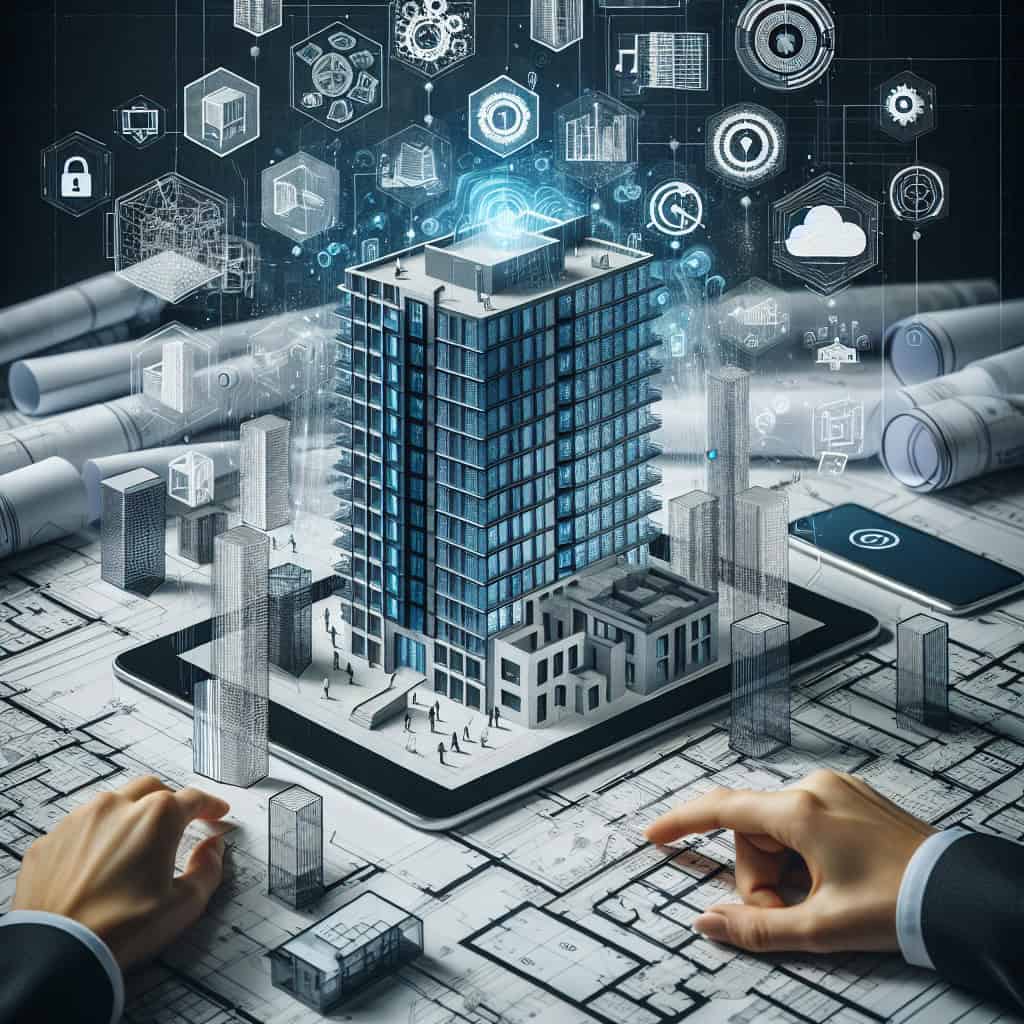AIA and BAP: requirements for effective BIM processing
The American Institute of Architects (AIA) and the Building Owners and Managers Association International (BOMA) have jointly developed the AIA BIM Protocol (AIA E202-2008) to standardise the use of Building Information Modeling (BIM) in construction projects. The AIA BIM Protocol is a guideline that defines the responsibilities and requirements for the use of BIM in construction projects. It defines the processes required for the creation, management and use of BIM models [...]
AIA and BAP: requirements for effective BIM processing Read more »

















